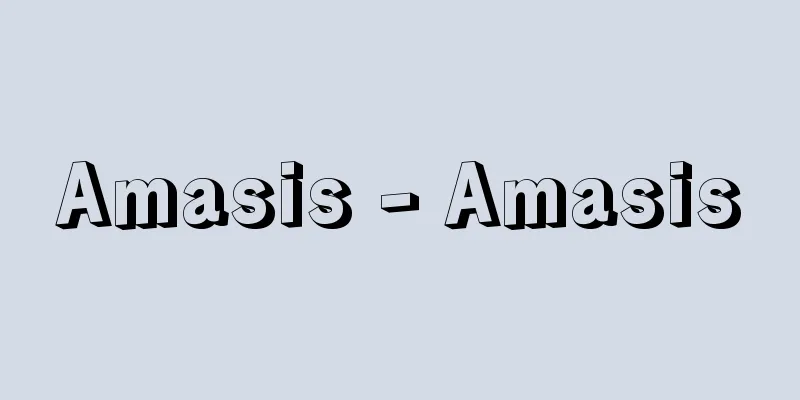Blue Mosque

|
A mosque in Istanbul. Its correct name is Ahmed I's Mosque (Ahmediye Cami). It is so named because the decorative tiles on the interior walls of the mosque are predominantly blue. It was built by the court architect Sedefkar Mehmed Agha, known as the second most outstanding architect after Sinan. Construction began in 1609 and was completed in 1617. It is a representative example of classical Ottoman Turkish architecture. It is located south of the ancient stadium, the highest point in Istanbul, so its magnificent dome and minaret can be seen from far away. Source: Heibonsha World Encyclopedia, 2nd Edition Information |
|
イスタンブールにあるモスク。〈ブルー・モスク〉は通称で,正しくはアフメト1世のモスク(アフメディエ・ジャーミAhmediye Cami)。モスク内壁を飾る装飾タイルの基調が青色であるところからこう呼ばれる。シナンに次ぐ優れた建築家として知られる宮廷建築家セデフカル・メフメト・アガにより建造された。1609年に着工し17年に完成。オスマン・トルコの古典期建築を代表する。イスタンブールで最も高い地域にある古代競技場の南側に位置するために,遠方からでもその壮大なドームとミナレットを望むことができる。
出典 株式会社平凡社世界大百科事典 第2版について 情報 |
<<: Antique Market - Furumonoichi
>>: Blumenbach - Johann Friedrich Blumenbach
Recommend
Kuala Terengganu (English spelling)
A city at the mouth of the Terengganu River on the...
Brown, FH (English spelling) BrownFH
…However, shortly after his death, Miyata Morie (...
Welhaven, Johan Sebastian Cammermeyer
Born: December 22, 1807 in Bergen [Died] October 2...
Humphrey, Hubert Horatio
Born May 27, 1911 in Wallace, South Dakota [Died] ...
Fermi-Dirac distribution - Fermi-Dirac distribution
Consider a collection of fermions such as electron...
Asoshinobugoke - Asoshinobugoke
...The teeth are well developed and arranged in t...
Station post
...The purpose of the arc horn is to cause a flas...
Pastoral - bokka (English spelling)
As a literary genre, it began when Theocritus, who...
Perperna
…Aristonicus called for the liberation of the pea...
Colour
…The leaves on the sides of the stem have small p...
Epinus, FUT - Epinus
...However, it was confirmed that gravitational f...
Phonological (phonetic) correspondence
When comparing two or more languages (dialects),...
Blair, EA
…British novelist. Real name Eric Arthur Blair. B...
Housing problem - housing problem English
Housing is the foundation of human survival and li...
Phlebodium
Polypodium is a genus of evergreen perennial ferns...









